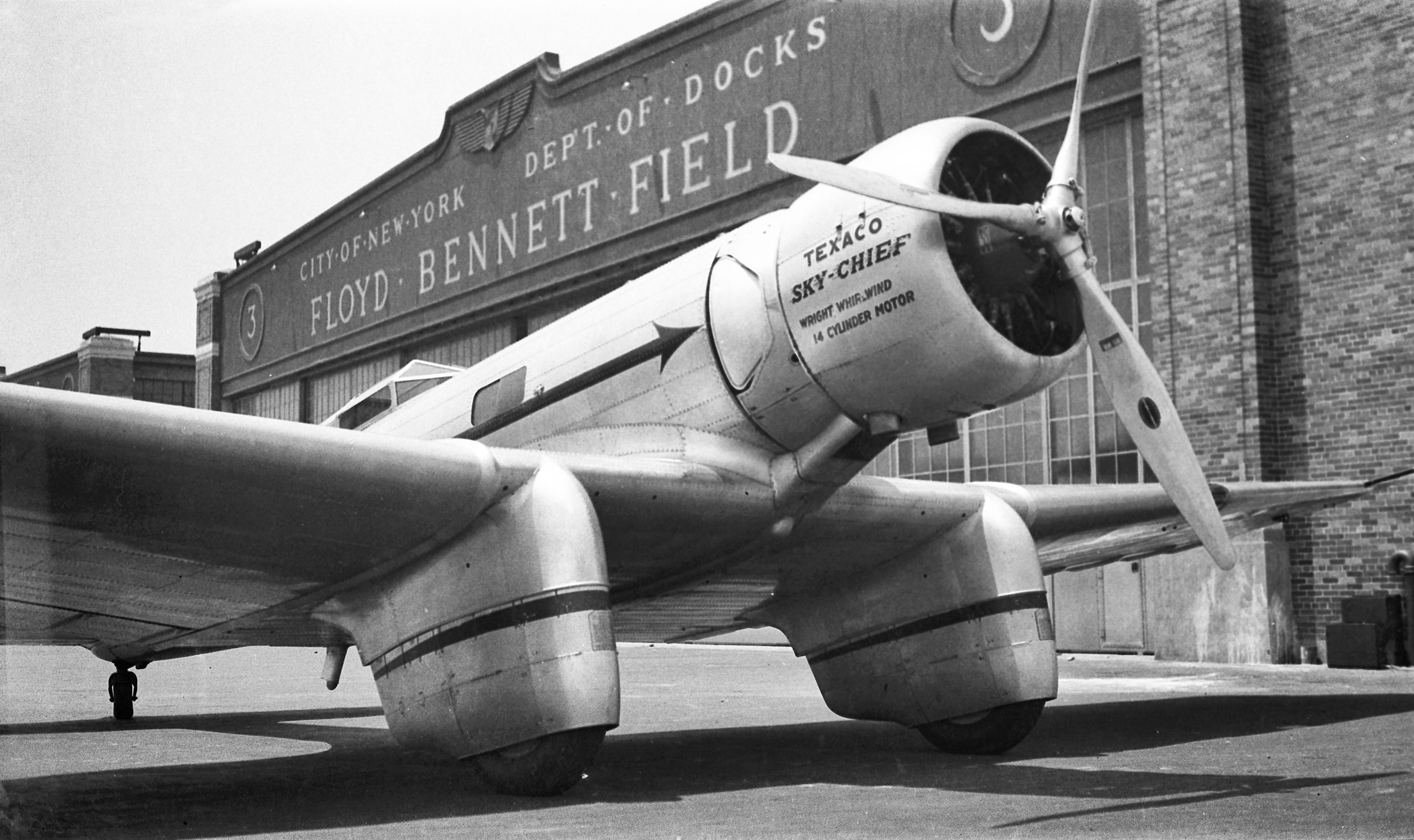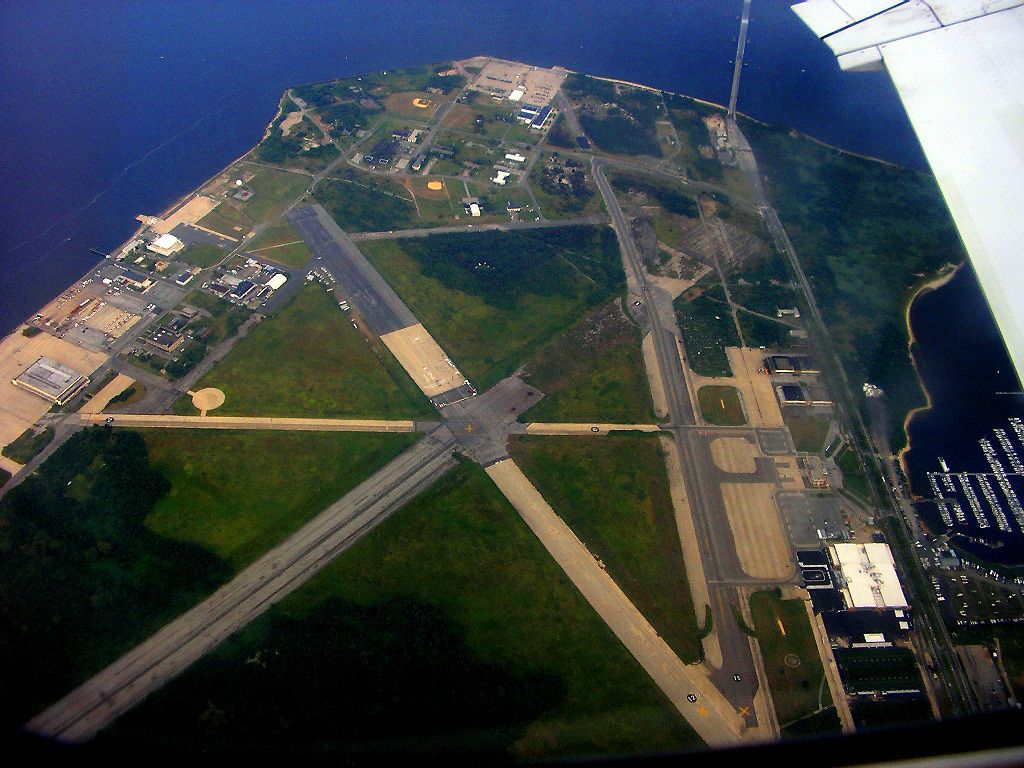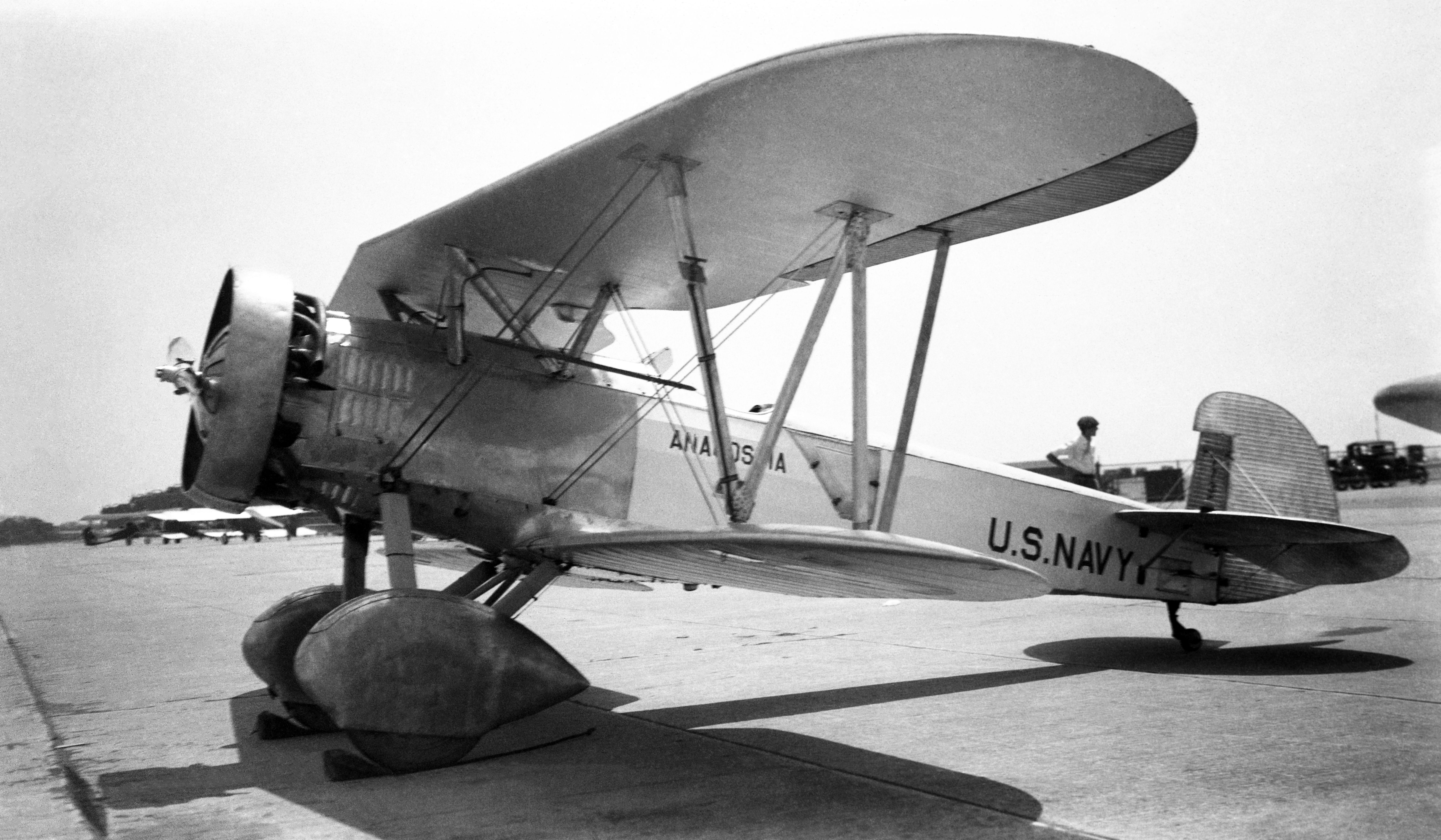Now home to several major airports, New York's first municipal airport was Floyd Bennett Field. Named after the notable aviator, the airport served as a hub for general aviation and commercial routes. Floyd Bennett became notable during WW2 and the Cold War era when it was expanded into Naval Air Station New York. Here's the airport's story.
The first
As air travel rapidly grew after World War 1, New York had begun considering the potential for a municipal airport (one owned by the city). While the city already played host to several private airfields, it did not establish its own airport until 1928, when the project was approved. The new development was named Floyd Bennett Field after renowned American aviator of the same name, who was the first man to reach the North Pole by air.
Floyd Bennett Field opened to the public in 1931 to much fanfare, including hundreds of military aircraft flying over the airfield. The new project would host commercial flights, general aviation, and a US Navy base. The airport quickly became a huge success, attracting transatlantic flights and over 1,153 commercial and 605 military planes by December of the same year. By 1934, the airport was second to only Oakland in the United States in terms of total landings.
However, the airport did not find much success among scheduled flights due to its location. Newark Airport captured much of the regular passengers and exclusive airmail contracts, making Bennett Field only popular for a select few land or seaplane routes. However, the airport's popularity among recreational flyers and charter flights ensured that it saw extremely high landings every year. The lack of obstructions and access to the ocean thanks to its location made it a prime candidate for airshows, races, and flying lessons.
Stay informed: Sign up for our daily and weekly aviation news digests.
Big changes
The airport was also popular among other major users: the US military. In 1935, the Coast Guard requested the use of Bennett Field for a new unit to be built on the grounds. Just a year before, the NYPD had set up the world's first police aviation unit to station helicopter at the airfield. The US Navy remained the largest operator out of the airport, expanding its presence in 1937 and 1939 to build new hangars and add runways. However, the situation changed drastically in 1940 as World War 2 intensified.
The US Navy renamed Bennett Field as Naval Air Station (NAS) New York in 1941 and had shut down all civilian activity. A flurry of activity saw the airfield become a significant hub, housing the naval aviation units of the Atlantic Fleet and several aircraft squadrons. Housing over 6,000 at the peak of the way, NAS New York saw over 20,000 new aircraft delivered. After the war, many of the temporary structures were taken down, and the field served as a Naval Air Reserve station, training pilots and providing support to larger bases during the Korean and Vietnam Wars.
Today
Floyd Bennett Field never reopened for commercial use, despite the city pushing for it. Instead, the federal government handed the airfield over to the National Park Service for redevelopment in 1972. Today, the airfield is a part of the Jamaica Bay Unit of Gateway National Recreation Area, hosting a historical aircraft museum as well as exhibits in the control tower. The airport grounds serve as a campsite today, keeping the history of New York's first municipal airport alive.
Have you ever visited Floyd Bennett Field? Did you know about the airport before? Let us know your thoughts in the comments!



